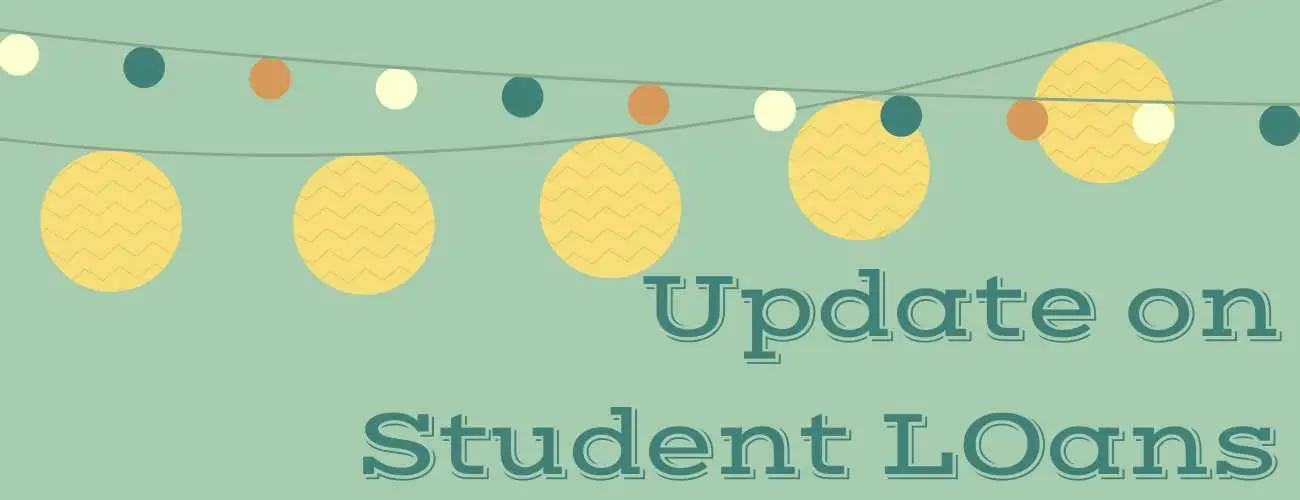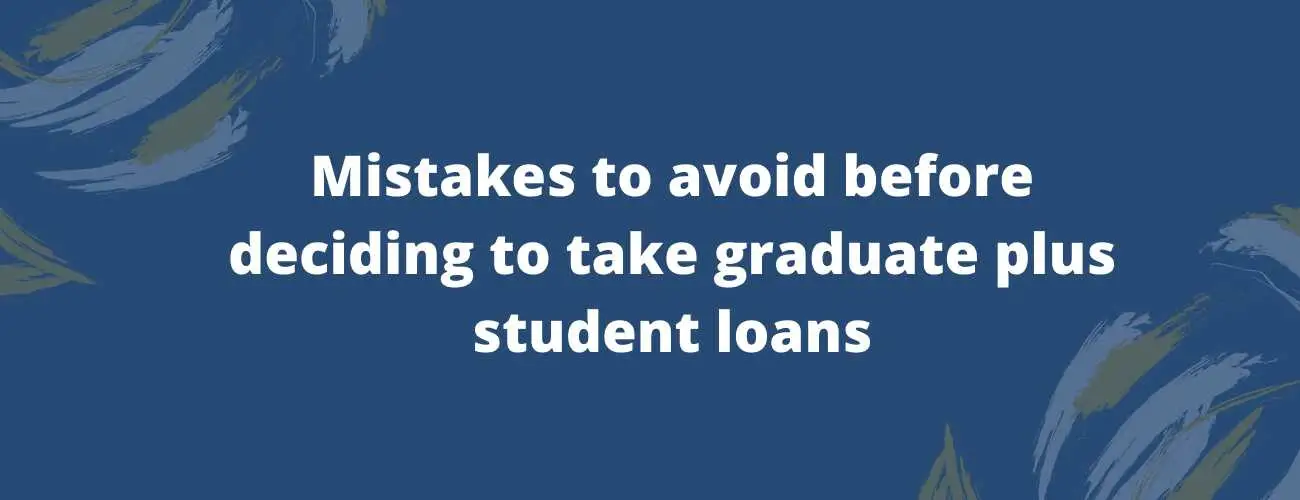IBR for Married Couples When Both Spouses Have Student Loans
Read about the Rules related to the Monthly IBR and IDR plan repayments for married couples where both spouses have Student Loan Debts. Understand whether your monthly payments will increase, decrease, double or remain the same with an example!
Updated by Vidish S on 28th February 2020
There has been some confusion among married couples regarding their Income-Based Repayment Plan’s monthly payment calculations. IBR and other income-driven repayment plans like REPAYE and PAYE have a simple and straightforward rule: If you and your spouse are both on IBR plans for your student loan debts, then your total repayment each month will be roughly the same amount it would be individually. One’s payments may change after marriage but that change will be offset by the changes made to your spouse’s payment structure, making the combined monthly billing more or less the same as it would have been, were you both single. To put it simply, if your monthly payment goes up by $50 then your partner’s monthly payment will go down by about $50.
Table of Contents
The Rules For Couples
The Definitive rules for couples on IBR can be found in the Code of Federal Regulations, specifically, 34 CFR § 685.221(b)(2)(ii), which provides statements regarding the calculations of IBR payments as such.
The calculated monthly payments are adjusted by the secretary if both the borrower as well as their spouse have filed for a joint Federal Tax Return, along with having eligible loans, in which case the Secretary then determines:
The percentage of the couple’s total eligible loan debt for each borrower.
Each borrower’s adjusted monthly payment, calculated by multiplying the calculated payment with the percentage determined in paragraph (b)(2)(ii)(A) of 34 CFR 685.221(b)(2)(ii).
If multiple holders are holding the borrower’s loans, then the borrower’s adjusted monthly direct loan payment is calculated by multiplying the payment determined in the paragraph (b)(2)(ii)(B) of the 34 CFR 685.221(b)(2)(ii) by the percentage of the total outstanding principal amount of the borrower’s eligible loans that are Direct Loans.
Similar Rules can be found for PAYE at 34 C.F.R. § 685.209(a)(2)(ii)(B).
All this legal vernacular basically means that the total IBR payment is calculated for the couple, and the individual payments are based upon the portion of the debt in the name of the particular spouse. So, if your debt is double that of your spouse, then your IBR payments will be double of your spouse. But as a couple, the total payment effectively stays the same.
Avoid Misinformation
It is more than likely that your lender’s customer service representatives will get some information wrong regarding this subject. This Student Loan rule is relatively more complicated so it not completely unreasonable for them to make a few mistakes when advising you on this subject as you cant expect them to have perfect knowledge about the same.
The website of your lender might not be as bad a source of misinformation as compared to the Department of Education and their Student Loan Calculator which previously did not account for spousal student debt but did include spousal income, meaning the estimation would be double of your actual amount. It should be noted that as of 11/7/16, it has been fixed to account for all required parameters and is now working as it should. So, if you have used the calculator prior to 11/7/16, then we advise you to revisit the site to get a correct estimation.
Monthly Payments Calculation
As of 11/7/16, the calculator provided by the Department of Education is working correctly for estimation when calculating for married couples where both spouses have student loan debt. This resource can now be used to get an estimate of your monthly payments as a married couple. For those looking to understand the workings of these calculations, the DoE first looks at the combined Adjusted Gross Income(AGI) of the couple, taking their most recent tax return as a reference. That income is then used by the Department to calculate the Discretionary Income of the couple. Depending upon the IDR plan selected by the couple, either 10%,15% or 20% of their discretionary income will be taken towards the repayment of their federal student debts. When both the spouses have federal student loans, the payments are split proportionally based on how much each spouse has borrowed in the total debt of the couple.
Need a Student Loan for your Education? Check out the Best Student Loans today!
Example of Change in Payments.
For this example, let us take your current monthly PAYE payment to be $200. Your future spouse has a PAYE payment of $100. Combined together, both of you spend a total of $300 on PAYE repayments each month. After getting married, your individual monthly payments might see a change in the repayment amount but the total should remain approximately the same as before. If you and your spouse both have approx the same amount of federal student loan debt, then each of you might pay around $150. Even though your current monthly repayment amount has gone down, your spouse’s monthly amount has gone up by the same number and the total amount being repaid each month is still the same.
Bottom Line
As long as the paperwork is processed correctly, you should not incur any marriage penalty for both spouses having student loans and signing up for IBR, or any other IDR plan for repayment.
Although, you should keep a close eye on your documents, repayment status and repayment amount, given the complicated nature of this issue.



93.jpg)


28.jpg)
